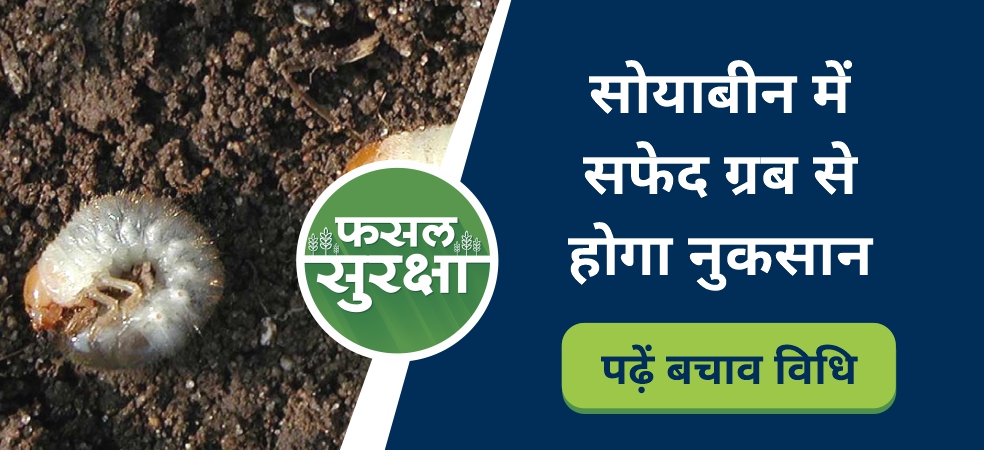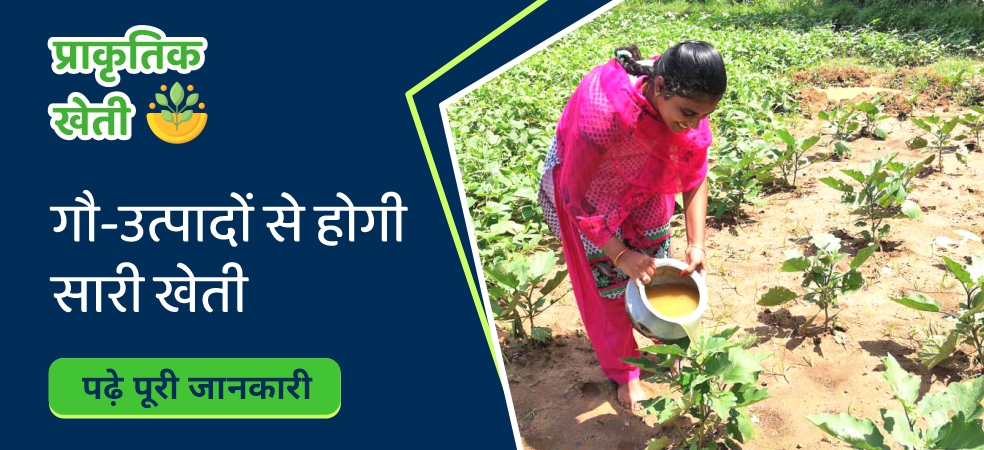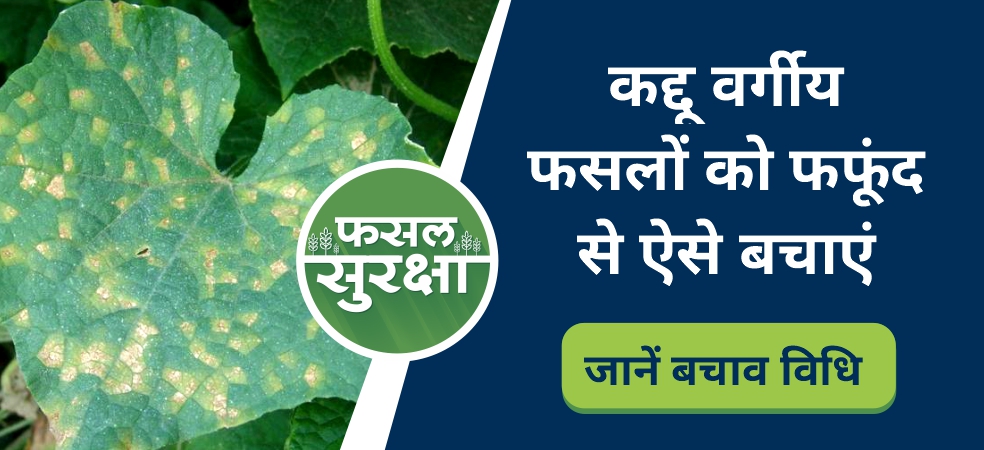It is very important to prepare the field properly. Well prepared land is weed free and water holding capacity is also high and organic matter found in the soil works well. Due to this, the root development of the plant takes place properly.
For paddy crop, the field should be prepared by first ploughing with soil-reversing plough and 2-3 ploughing by cultivator, after that the field should be leveled uniformly, also strong linhay should be made in the field from all sides. It should be done so that rainwater can be stored in the field for a long time, an unusual field is made level by mud method. Maintains normal water depth in the field. Leveling of the land is very important to increase the use of water. A good tillage keeps the availability of oxygen in the cultivable land.
ShareFor more such important information related to the agriculture sector, keep reading the articles of Gramophone daily. If you liked today’s information, then do not forget to like and share.










